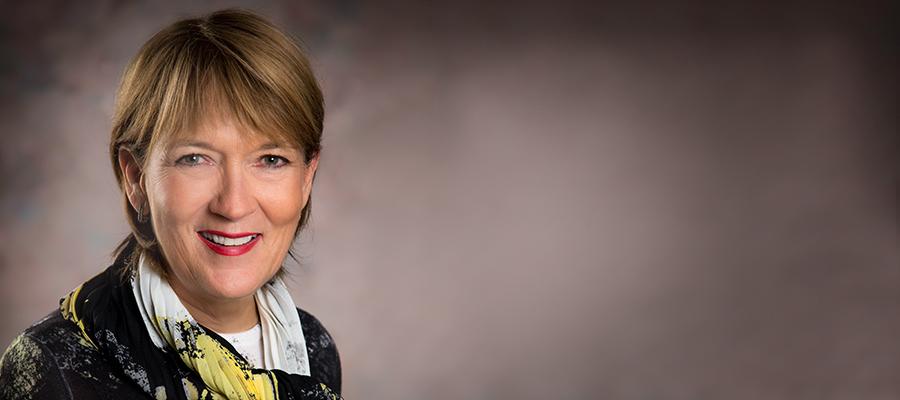Leveraging the Strengths of a Multigenerational Workforce

Millennials, generation X, baby boomers and traditionalists – these four generations make up our workforce today. And the workforce is changing. Three years ago, millennials, born between 1981 and 1997, overtook Gen X, born between 1965 and 1980, as the largest age group in the U.S. workforce, according to the Pew Research Center.
At our organizations, building productive working relationships across the generations helps leverage the strengths of all employees, increase collaboration and the effectiveness and efficiency of teams, and accelerate organizational change. As baby boomers retire, millennials will become an even larger part of the workforce, so engaging them will become more important than ever.
Millennials are more technologically driven and oriented toward convenience. They thrive in a fast-paced environment and embrace change and innovation. These are all traits that align with a changing health care market, where mobile apps, telehealth, rapid market consolidation and innovative payment models are part of our move toward value-based care.
Thomas Jefferson University Hospitals, based in Philadelphia, recognizes the value millennials bring to the workplace and has created programs to recruit and retain them, and help them advance. For example, its LEAD (Leadership, Education and Discussion) program provides guidance on managing organizational politics, interacting with physicians, learning about mergers and acquisitions, public speaking, and transforming organizational culture. This and other workforce initiatives were highlighted on a recent AHA webinar.
At Carilion, our employee affinity group for millennials provides education about career advancement and also offers opportunities for socializing and community service. We provide system-wide education for all employees to learn more about working across generations.
Implementing strategies to recruit millennials to join our hospitals and health systems and working to leverage the strengths of all employees will ensure a productive, high-quality workforce to help lead transformational change in the field.

